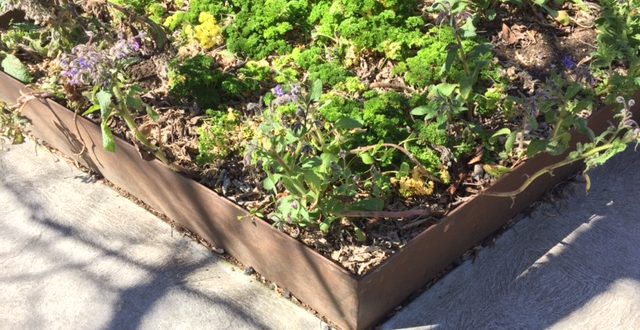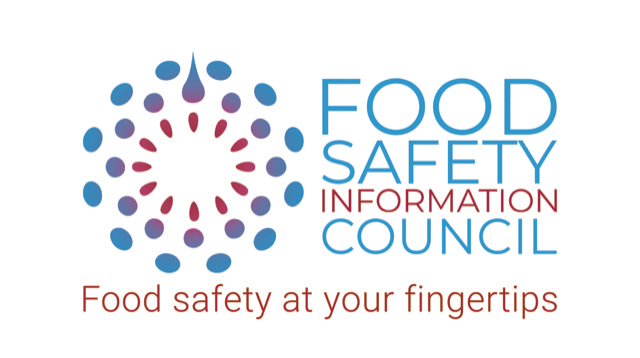
It is great to grow your own food as it tastes good, it is fresh and it helps our children understand where food comes from. But remember that you can still get food poisoning from your own produce. This can be avoided with bit of careful planning.
Locating your vegetable garden
Don’t locate your vegetable garden near any rubbish piles or bins that may contain chemicals that could leak into the garden or attract vermin. Carefully choose the vegetable garden site for hazards, for example, if you have an older building avoid using soil that could have been contaminated by scrapings of lead paint many years ago. Take precautions to protect your vegetable garden from entry of domestic and wild pests. Watch for evidence of insect or other animal invasions and discard any damaged crops.
Pets and chooks
Keep your pets and chooks away from your veggie garden where they can poop on the food plants and beware of trees and bushes overhanging your garden as birds might ‘bless’ your veggies – there have been food poisoning outbreaks traced back to bird droppings.
Compost
Veggies need lots of nutrients but make sure any manure or compost is well composted as the heat generated by the composting process not only kills any weed seeds but also helps kill food poisoning bacteria. Prevent easy access to your compost bin by vermin and pests like mice and rats, which can spread disease, and don’t compost meat scraps which can attract vermin.
Watering
Remember not to put ‘grey’ water from the house, such as the washing machine water, on to fruit, vegetables or herbs growing in the garden. Don’t store grey water as microbes will grow in it and don’t use water from the washing up or dishwasher as it has too much fat and other solids which can be bad for plant growth.
Pesticides and herbicides
Minimise the use of garden chemicals like pesticides and herbicides and make sure you stick to the instructions for use. Follow the directions on the label exactly and don’t spray other areas of the garden in windy conditions in case the spray drifts onto fruit and vegetables. Some chemicals will have withholding periods before you harvest any fruit or vegetables that have been sprayed.
After gardening
After gardening always wash your hands with soap and running water and dry thoroughly as soil is likely to contain bacteria – use a nailbrush to remove dirt from your fingernails.
Washing your fruit and vegetables
Whole fruits and vegetables will be contaminated mainly on the surface. Scrubbing and washing them in water or with sanitisers will remove loose soil and may remove many bacteria and viruses, as can removal of the skin. However, fruits and vegetables are highly variable – they are not all easily cleaned and some are eaten with the skin on. For example, some have rough skins (e.g. rockmelons) making it difficult to clean, while others are very fragile (e.g. raspberries). Bacteria and viruses can be protected in cuts and crevices, so even after washing, at times there can still be contamination present.
Storing your fruit and vegetables
You don’t have to store most whole fruit and vegetables in the fridge for safety. For example, store potatoes in a cool dark place where they won’t start to sprout as this generates toxins. Brush off any visible soil from vegetables and wash under running water and dry any fruit or vegetables when you bring them in. If you’ve handled visibly dirty vegetables, like potatoes with soil on them, make sure you wash your hands, knife, peeler, and chopping board before you handle and prepare other foods.
Once whole vegetables and fruit are cut up or if their skin is damaged they should be covered and stored in the fridge where they are chilled and can’t be contaminated by other food especially raw meat, chicken or seafood. Refrigeration slows the growth of food poisoning bacteria such as Salmonella and pathogenic E. coli on cut surfaces and the cut fruit can be stored for 2-3 days. However, it won’t stop the growth of Listeria and pregnant women, elderly and immuno-compromised persons should not eat these if stored longer than a day in the refrigerator.
Freezing
If you have excess fruits and vegetables you can freeze them by cutting up and blanching them by dipping them into boiling water – not only does this lock in the colour, flavour and texture, but it can also kill most food poisoning bacteria. It is best to freeze them by spreading in a single layer on trays, freezing, and then pack them in smaller portions for further storage. Frozen fruits and vegetables can safely be stored for a number of months, although there can be a loss in nutrient value and quality over time.
Home bottling or canning
Be vigilant if you bottle excess fruit and vegetables because of the risk of botulism. Commercial canneries follow strict time and temperature heating schedules that are capable of killing the botulinal spores. In home bottling, such regimes are not possible. If you are bottling at home, stick to the high acid fruits such as pears, apples and stone fruit – acid (low pH) prevents the growth of the bacteria that causes botulism. If you bottle tomatoes, mango, paw paw, banana or any other tropical fruit you must add some citric acid. Vegetables can only be safely bottled if bottled in vinegar.
If you want to produce your own vegetables in oil or flavoured oils you can keep them refrigerated for up to 10 days. If you want to bottle them, you need to acidify the vegetables and any fresh herbs first. For information on how to do this see the CSIRO information on vegetable preservation here
Natural toxins in fruit and vegetables
Some fruit and vegetables contain natural toxins that can make you ill. See our advice on Natural toxins in food

